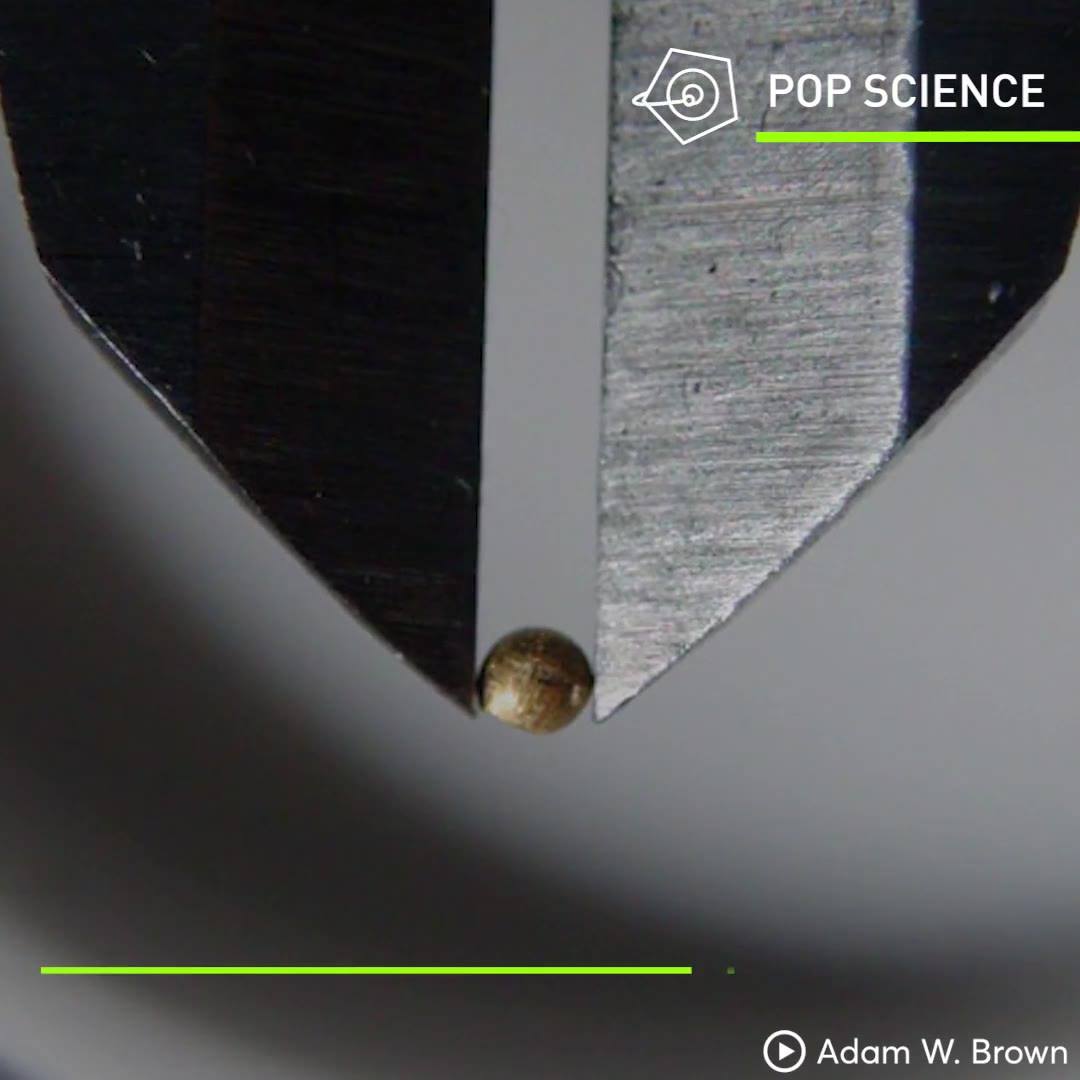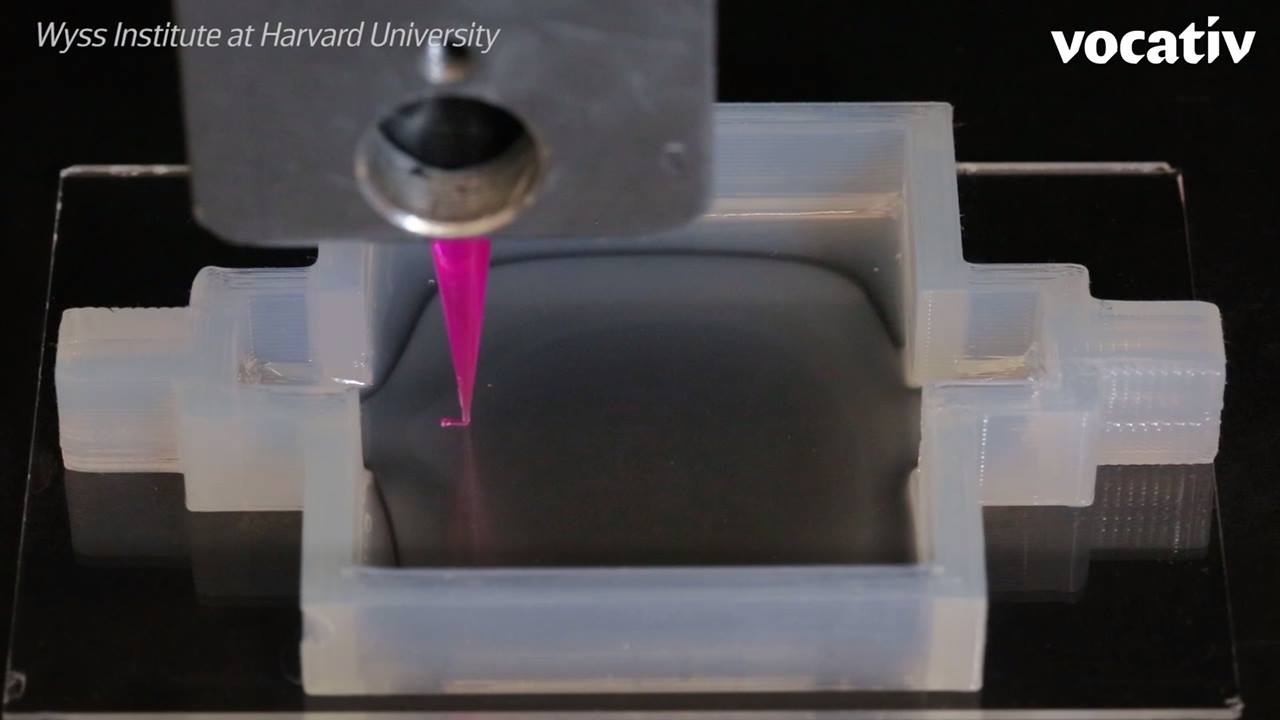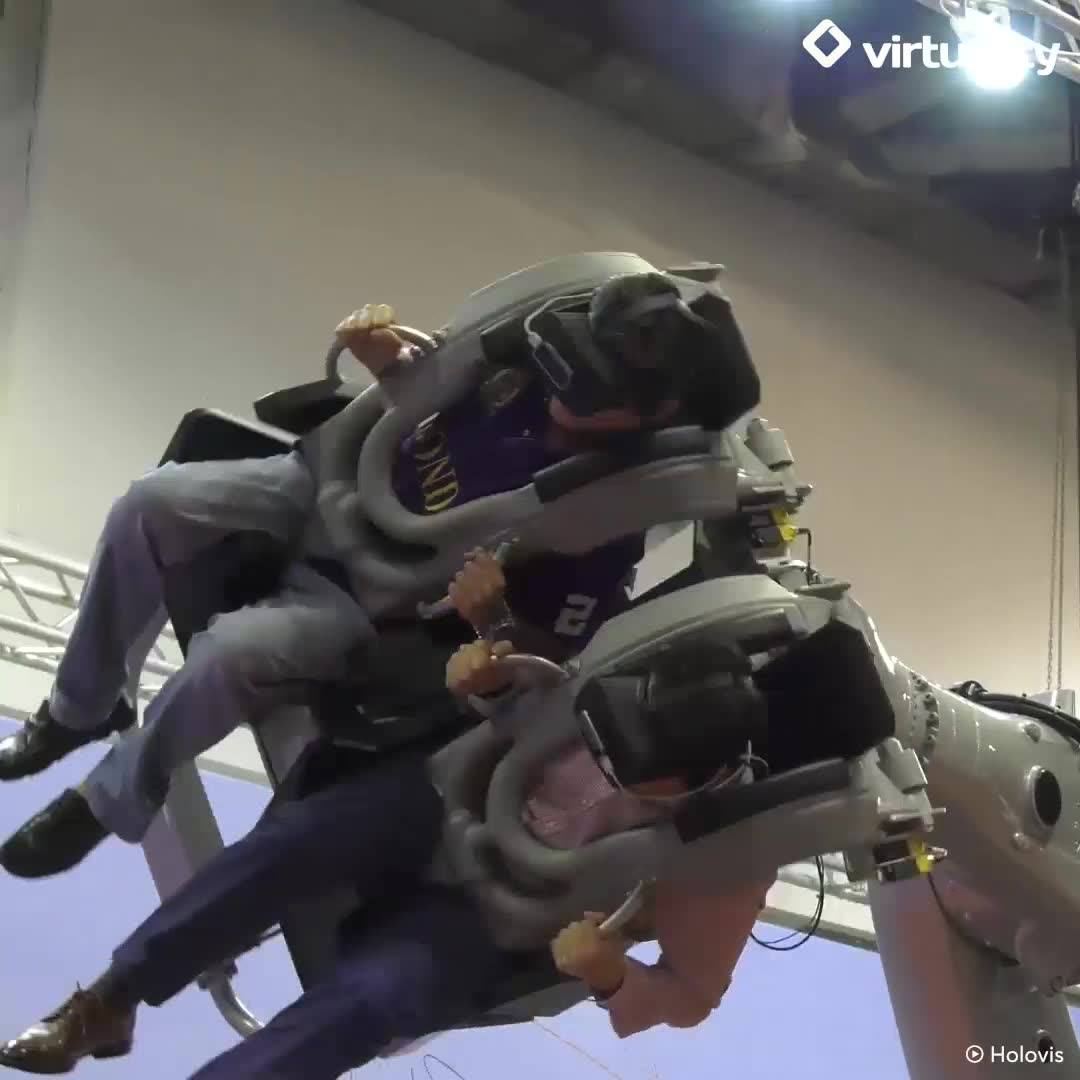Jul 28, 2017
Did you know bacteria can produce gold?
Posted by Shailesh Prasad in category: futurism


It can make the nose larger or smaller; change the angle of the nose in relation to the upper lip; alter the tip of the nose; or correct bumps, indentations, or other defects in the nose.


But if there is some kind of unifying computational principle governing our grey matter, what is it? Dr. Tsien has studied this for over a decade, and he believes he’s found the answer in something called the Theory of Connectivity.
“Many people have long speculated that there has to be a basic design principle from which intelligence originates and the brain evolves, like how the double helix of DNA and genetic codes are universal for every organism,” Tsien said. “We present evidence that the brain may operate on an amazingly simple mathematical logic.”
The Theory of Connectivity holds that a simple algorithm, called a power-of-two-based permutation taking the form of n=2i-1 can be used to explain the circuitry of the brain. To unpack the formula, let’s define a few key concepts from the theory of connectivity, specifically the idea of a neuronal clique. A neuronal clique is a group of neurons which “fire together” and cluster into functional connectivity motifs, or FCMs, which the brain uses to recognize specific patterns or ideas. One can liken it to branches on a tree, with the neuronal clique being the smallest unit of connectivity, a mere twig, which when combined with other cliques, link up to form an FCM. The more complex the idea being represented in the brain, the more convoluted the FCM. The n in n=2i-1 specifies the number of neuronal cliques that will fire in response to a given input, i.
Continue reading “Scientists discover nature’s algorithm for intelligence” »
Ein Mensch sei er nicht mehr, sagt Neil Harbisson. Seit eine Antenne mit seinem Kopf verbunden ist, bezeichnet er sich als Cyborg. Gehört der Verbindung von Mensch und Maschine die Zukunft?
A research team led by Dr. Cai at the Albert Einstein college of medicine have shown that stem cells in the hypothalamus influence how fast we age. The new research, shown in mice, may lead to approaches that delay or even prevent age-related diseases[1].
Unfortunately like 70% of scientific research, this publication is behind a paywall, so those wishing to read will have to use the usual channels to obtain the publication. We discuss why paywalls are an unacceptable barrier to progress here in our interview with Sci-Hub.
